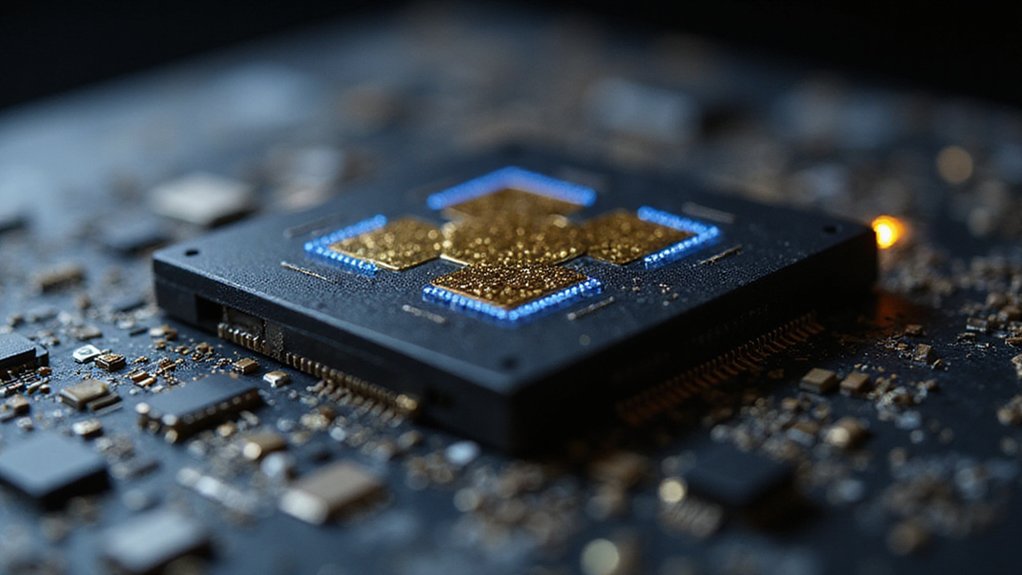Jack Dorsey’s Block is preparing to disrupt the increasingly concentrated world of Bitcoin mining with proprietary chips scheduled for release in the second half of 2025—a move that promises to democratize an industry where a handful of large-scale operators and ASIC manufacturers have quietly cornered much of the market’s hash power.
The timing feels particularly pointed, given Bitcoin’s original decentralization ethos has gradually morphed into something resembling the very centralized financial systems it was meant to replace. Block’s mining division, Proto, has developed these chips using advanced 3-nanometer semiconductor technology, targeting enhanced hash power per watt consumption—a metric that fundamentally determines whether smaller miners can compete without hemorrhaging money on electricity bills.
What makes this venture intriguing isn’t just the technical specifications (though optimizing energy efficiency in a proof-of-work system remains the holy grail of mining economics), but Block’s thorough “down the stack” strategy. Rather than merely building applications atop existing infrastructure, Dorsey’s company is manufacturing both the mining hardware and Bitkey, a consumer-friendly Bitcoin custody wallet with simplified recovery tools.
This vertical integration creates cross-selling opportunities while Cash App‘s eight million Bitcoin users provide a ready ecosystem for these interconnected services.
The partnership with established mining operators like Core Scientific suggests Block understands that revolutionary hardware means little without real-world deployment and testing. Mining concentration risks—where geographic clustering in cheap-energy regions creates potential vulnerabilities—could theoretically diminish if smaller operators across diverse locations suddenly find mining economically viable again. Current industry leaders like Bitmain’s Antminer S21 Pro deliver 234 TH/s at 15 J/TH, while MicroBT’s Whatsminer M66S achieves 298 TH/s at 18 J/TH, setting the efficiency benchmarks that Block’s chips must surpass to gain market traction.
Block’s Q2 2025 financial performance shows $2.537 billion in gross profit with 14% year-over-year revenue growth, partly driven by Bitcoin ecosystem activities. The company’s inclusion in the S&P 500 on July 23, 2025, marked a significant milestone after replacing Chevron subsidiary Hess Corp in the index. Whether this mining hardware gambit pays off depends largely on execution, but the broader implications seem clear: existing ASIC manufacturers now face competition that could accelerate innovation while potentially reshaping global mining economics.
The ultimate irony? A former Twitter CEO might succeed in returning Bitcoin mining to its decentralized roots through old-fashioned capitalist competition—proving that sometimes the best way to challenge an industry’s norms is simply by building better mousetraps.







